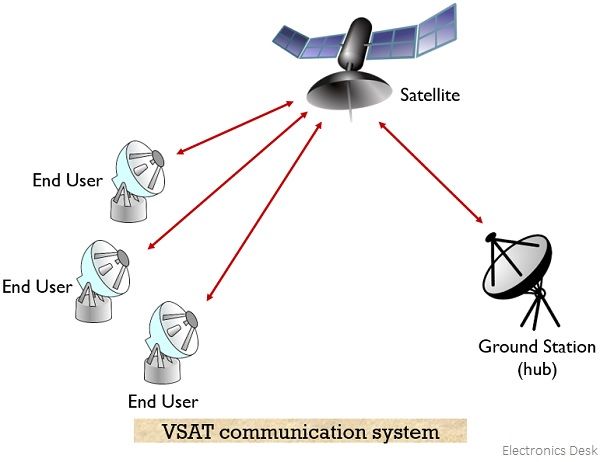ForumIAS announcing GS Foundation Program for UPSC CSE 2025-26 from 19 April. Click Here for more information.
ForumIAS Answer Writing Focus Group (AWFG) for Mains 2024 commencing from 24th June 2024. The Entrance Test for the program will be held on 28th April 2024 at 9 AM. To know more about the program visit: https://forumias.com/blog/awfg2024
Source- The post on ISRO to Provide Internet Services in 80 Remote Tribal Villages is based on the article “Centre to rope in ISRO to provide Internet in 80 remote tribal villages” published in “The Hindu” on 8th March 2024.
What is the News?
The Ministry of Tribal Affairs is planning to collaborate with ISRO to deploy V-SAT stations on a pilot basis for around 80 tribal villages to bring internet services to these geographically remote and challenging areas that have long been without connectivity.
About V-SAT

1. About: A Very Small Aperture Terminal (VSAT) is a two-way satellite ground station equipped with a dish antenna ranges from 75 cm to 1.2 meters.
2. Functionality:
i) VSATs facilitate two-way communication via satellite. They relay data between small remote Earth stations (terminals) and other terminals (in mesh topology) or central Earth station “hubs” (in star topology).
ii) VSATs handle both narrowband data and broadband data.
Ex-Narrowband data: Credit card transactions, polling, RFID data, or SCADA
Ex-Broadband data: Satellite Internet access, VoIP, or video
3. Applications: They find use in providing connectivity to remote locations, supporting transportable or on-the-move communications (using phased array antennas), and enabling mobile maritime communication.
4. Advantages: In the realm of modern telecommunications, VSATs offers a number of advantages:
i) No physical network needed: VSATs rely on satellite signals instead of physical links like Ethernet cables, reducing the risk of structural issues and eliminating the need for extensive infrastructure.
ii) Independent operation: VSAT systems can operate independently for local telecommunication networks, serving as a backup for wired networks in case of failure.
iii) Easy deployment: VSATs can be installed in remote locations with minimal infrastructure requirements, as satellite signals can be redirected to various locations through a central hub.
5. Disadvantages: It has few disadvantages:
i) Latency: VSATs suffer from latency due to the time delay in signals traveling between space and the ground, especially noticeable in two-way communication.
ii) Signal quality changes: Weather conditions and obstructions like buildings or trees can cause signal distortion between the satellite and earth station.
UPSC Syllabus: Science and Technology




